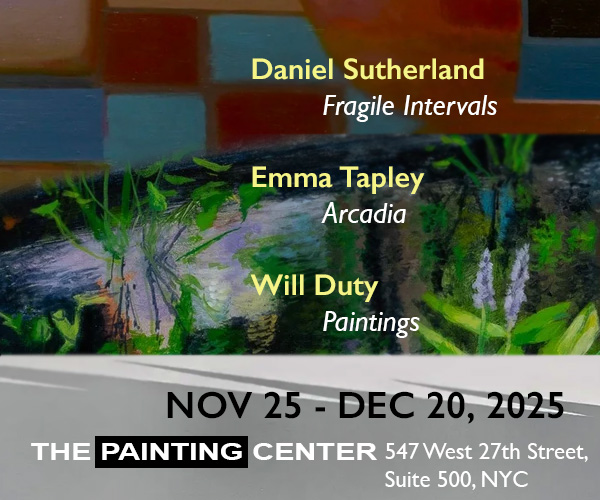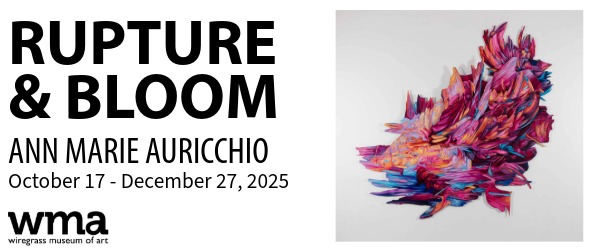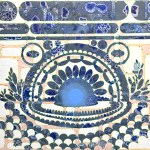In Hartford, Connecticut, Trinty College presents three American artists whose diverse painting languages share common influences and themes grounded in Indian art, culture, and the rituals of daily life. Funded by Fulbright Fellowships, Charlotte Cain, Julie Evans, and Kathryn Myers have each been inspired by the significant time they’ve spent in India. Through silence, excess, recognition or time, their works evoke a sense of reverent observance and invite us to participate, as they offer windows into painting processes that are themselves kinds of private, devotional practices.
“Indian Art After Independence: Selected Works from the Collections of Virginia and Ravi Akhoury and Shelley and Donald Rubin,” a small show at the Hofstra University Museum, illustrates how Indian artists embraced modernity after the end of British rule in 1947. About 20 paintings and drawings are on view, a few predating independence and all on loan from two private New York collections. In the NY Times, Benjamin Genocchio reports that Rebecca M. Brown, the exhibition curator, has done a good job of illustrating the main currents in modern Indian art. “Prior to independence, much modern art in India was an expression of resistance to colonialism. But afterward, artists began to explore new directions, usefully condensed and organized here into four interrelated themes. The works in the show reflect the country’s diversity, representing different generations of artists and schools, ranging from the pre-independence Bengal School, which advocated a return to Mughal era miniature art, to the Progressive Artists Group, whose members blended local subjects with Western influences….Setting aside the gaps and inconsistencies in selection, this show has much to offer, from a whirlwind tour of Indian modern art to numerous works rich in imagination. But most importantly I think it reminds us that modernism was not imported wholesale or copied in India, but adapted to the country’s specific cultural, political, religious and social circumstances.”
“Un/common signs: Charlotte Cain, Julie Evans, Kathryn Myers,” Widner Gallery, Austin Art Center, Trinity College, Hartford CT. Through December 15, 2009. Note: Kathryn Myers will give a talk, Western Artists and India; Influence and Appropriation, on Nov. 18 at 4:30 p.m. in McCook Auditorium at Trinity College.
“Indian Art After Independence: Selected Works from the Collections of Virginia and Ravi Akhoury and Shelley and Donald Rubin,” curated by Rebecca M. Brown, Hofstra University Museum, Hempstead, NY. Through December 18, 2009.

























